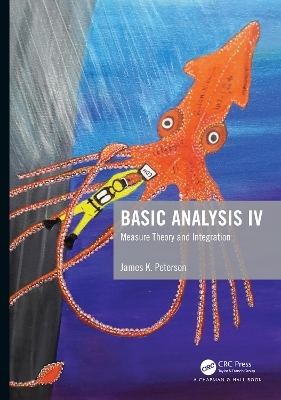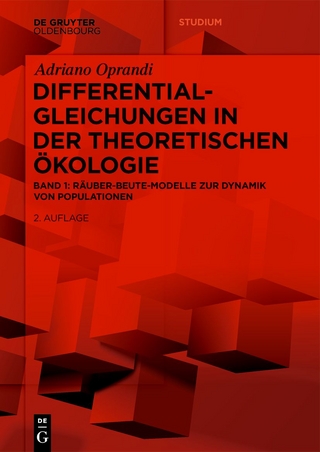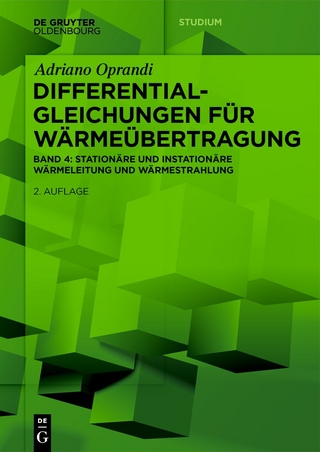
Basic Analysis IV
CRC Press (Verlag)
978-1-138-05511-7 (ISBN)
Basic Analysis IV: Measure Theory and Integration introduces students to concepts from measure theory and continues their training in the abstract way of looking at the world. This is a most important skill to have when your life's work will involve quantitative modeling to gain insight into the real world. This text generalizes the notion of integration to a very abstract setting in a variety of ways. We generalize the notion of the length of an interval to the measure of a set and learn how to construct the usual ideas from integration using measures. We discuss carefully the many notions of convergence that measure theory provides.
Features
• Can be used as a traditional textbook as well as for self-study
• Suitable for advanced students in mathematics and associated disciplines
• Emphasises learning how to understand the consequences of assumptions using a variety of tools to provide the proofs of propositions
James Peterson has been an associate professor in the School of Mathematical and Statistical Sciences since 1990. He tries hard to build interesting models of complex phenomena using a blend of mathematics, computation and science. To this end, he has written four books on how to teach such things to biologists and cognitive scientists. These books grew out of his Calculus for Biologists courses offered to the biology majors from 2007 to 2016. He has taught the analysis courses since he started teaching both at Clemson and at his previous post at Michigan Technological University. In between, he spent time as a senior engineer in various aerospace firms and even did a short stint in a software development company. The problems he was exposed to were very hard and not amenable to solution using just one approach. Using tools from many branches of mathematics, from many types of computational languages and from first principles analysis of natural phenomena was absolutely essential to make progress. In both mathematical and applied areas, students often need to use advanced mathematics tools they have not learned properly. So recently, he has written a series of books on analysis to help researchers with the problem of learning new things after their degrees are done and they are practicing scientists. Along the way, he has also written papers in immunology, cognitive science and neural network technology in addition to having grants from NSF, NASA and the Army. He also likes to paint, build furniture and write stories.
1.Introduction. 2. An Overview Of Riemann Integration. 3. Functions Of Bounded Variation. 4.The Theory Of Riemann Integration. 5. Further Riemann Integration Results. 6. The Riemann-Stieltjes Integral. 7. Further Riemann - Stieljes Results. 8. Measurable Functions and Spaces. 9. Measure And Integration. 10. The Lp Spaces. 11. Constructing Measures. 12. Lebesgue Measure. 13. Cantor Set Experiments. 14. Lebesgue Stieljes Measure. 15. Modes Of Convergence. 16. Decomposition Of Measures. 17. Connections To Riemann Integration. 18. Fubini Type Results. 19. Differentiation. 20. Summing It All Up. References. Index. Appendix A. Appendix B. Appendix C. Appendix D.
| Erscheinungsdatum | 28.07.2020 |
|---|---|
| Zusatzinfo | 13 Illustrations, black and white |
| Verlagsort | London |
| Sprache | englisch |
| Maße | 178 x 254 mm |
| Gewicht | 1084 g |
| Themenwelt | Mathematik / Informatik ► Mathematik ► Analysis |
| Technik ► Umwelttechnik / Biotechnologie | |
| ISBN-10 | 1-138-05511-5 / 1138055115 |
| ISBN-13 | 978-1-138-05511-7 / 9781138055117 |
| Zustand | Neuware |
| Haben Sie eine Frage zum Produkt? |
aus dem Bereich


